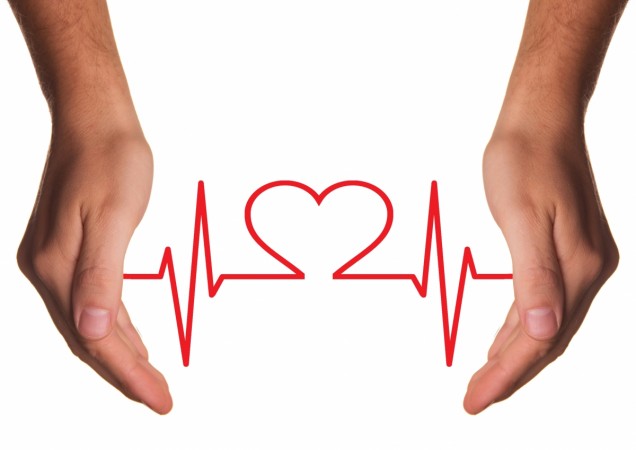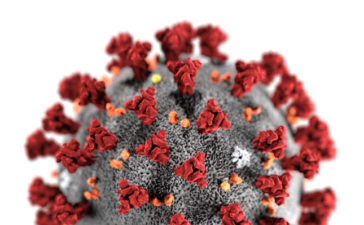According to International Diabetes Federation’s ‘Diabetes and Cardiovascular Disease report, in 2015, approximately five million were estimated to have died from diabetes, the majority of these as a result of cardiovascular complications. The report adds that populous countries have the largest absolute number of people dying from CVD, and include China, India and the Russian Federation.
While India is ranked at Number 67 in terms of age-standardised CVD mortality rate (306 deaths per 100,000 people per year), it has the second-largest number of people dying from CVD (over two million deaths per year).
One of the significant outcomes of cardiovascular disease is poor circulation in the legs, resulting in heightened risk of foot ulcers and amputations leading to disability. When people with diabetes develop CVD, their probability of survival is lower than those CVD patients without diabetes.

Diabetes can lead to cardiovascular damage in multiple ways. When a person has uncontrolled diabetes, the blood sugar levels are usually higher. And too much sugar in the blood damages blood vessels.
Although diabetes is regarded as the strongest risk factor for CVD, it is not just high blood glucose levels, but a variety of mechanisms that lead to CVD. The blood vessels in people with diabetes are more susceptible to well-established risk factors such as smoking, high cholesterol, high blood pressure and obesity. More than 80 per cent of people with type 2 diabetes are overweight. About 70 per cent of people with diabetes have high blood pressure and 67 per cent of adults with type 2 diabetes have one or more lipid (cholesterol) abnormalities.
Traditionally, the treatment of diabetes has been focused solely on good control of blood sugar levels.
Evidence now suggests that to prevent diabetes-related complications, one needs to look beyond glucose control and focus on other conditions like reducing weight, controlling high blood pressure and abnormal lipid profile.
In short, a person with diabetes needs to take care of the A, B and C of diabetes:
A stands for HbA1C (the test gives average blood glucose for last three months). It should be ideally less than seven per cent and is recommended at least three times a year.
B stands for blood pressure. The goal of blood pressure control is to reduce it to <130/80 mm Hg. Checking blood pressure at every doctor’s visit is essential.

C stands for cholesterol. The cholesterol that needs to be checked is the HDL, LDL and the triglycerides. The three should be within the specified limits. The optimal target is less than 100 milligrams per deciliter (mg/dL) for LDL cholesterol. For HDL cholesterol, the recommended level is more than 50 mg/dL for women and more than 40 mg/dL for men. Lipid profile is recommended at least once in a year.
If blood glucose, blood pressure, and cholesterol levels are not on target, then a person with diabetes needs to reach out to their doctor. Appropriate medicine and few changes in diet and activity can help him/her reach these goals. Here are four things you can do to lower your risk:
* Take medicines as prescribed by the doctor. In some instance, insulin is required for optimal control of diabetes. New-age insulin delivery devices like pens with thin needles have made taking insulin really convenient. Control of blood pressure and cholesterol is as important and you may require medication if they are above target. The doctor, after seeing complete reports, can decide on any change in medication.
Newer and more efficient medicines are being discovered. GLP-1 based therapies represent a latest class of treatment for type 2 diabetes. In addition of blood sugar control, GLP-1 also has other beneficial effects in the body that could be useful in the management of type 2 diabetes and CVD. These include lowering weight and blood pressure and improving lipid profile and heart function, thus reducing cardiovascular risk factors in type 2 diabetes.
* One need not have a special diet. In fact, the traditional Indian thali which includes naturally available nutrients and fibre from whole grains, fruits and vegetables with less oil is best. Eat natural foods that have less salt, less sugar and less fat. Transfats need to be avoided.
* Weight control and ceasing to smoke are two important lifestyle measures that have an impact on preventing CVD.
* Try to get 30 to 60 minutes of physical activity for most days of the week. Physical activity helps you keep a healthy weight and lower blood sugar and blood pressure. If a person with diabetes hasn’t been physically active recently, it is necessary to visit a doctor for a check-up before starting an exercise programme.
In conclusion, be aware, be active and be prompt to save yourself from diabetes and its complications – it’s time to act.




